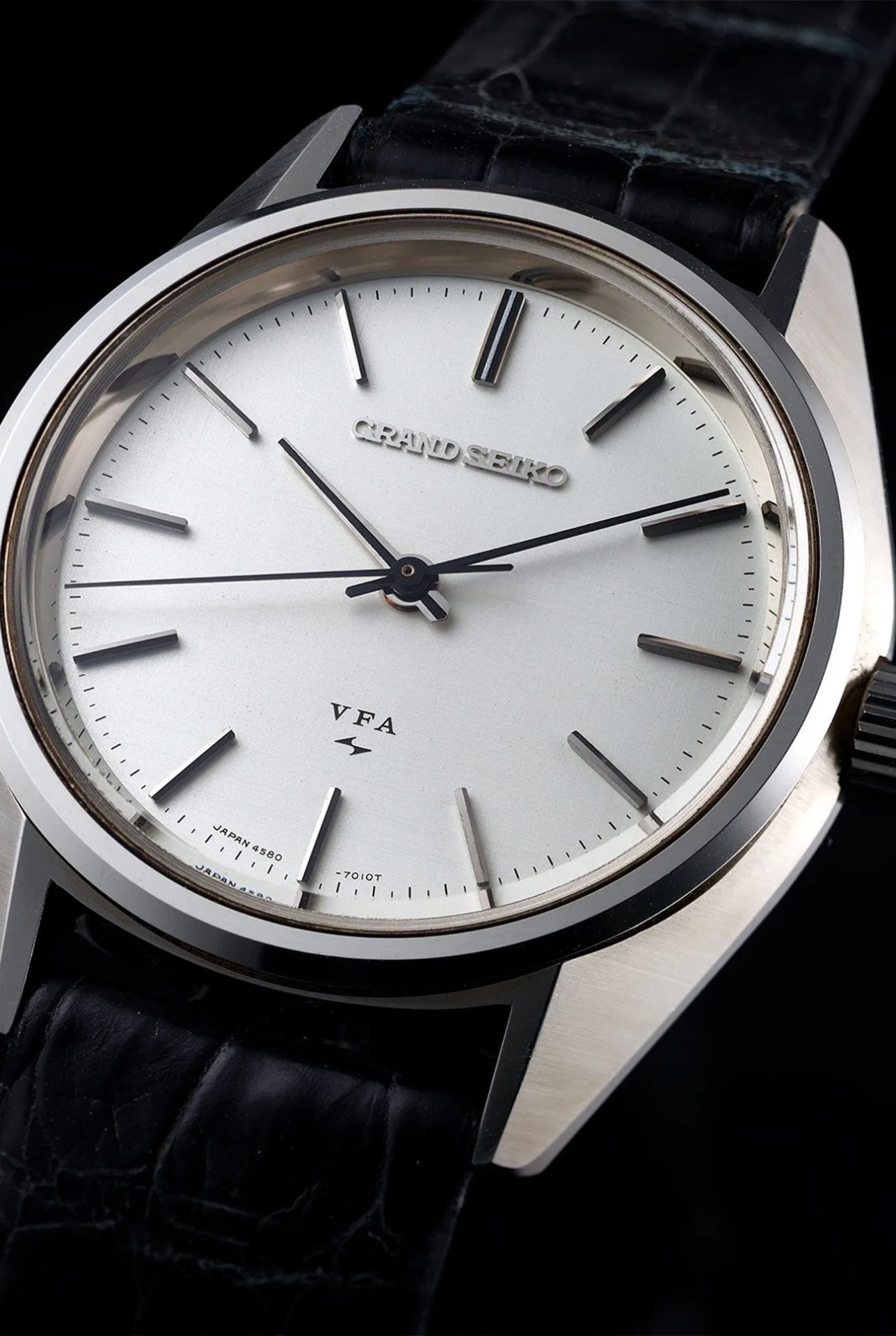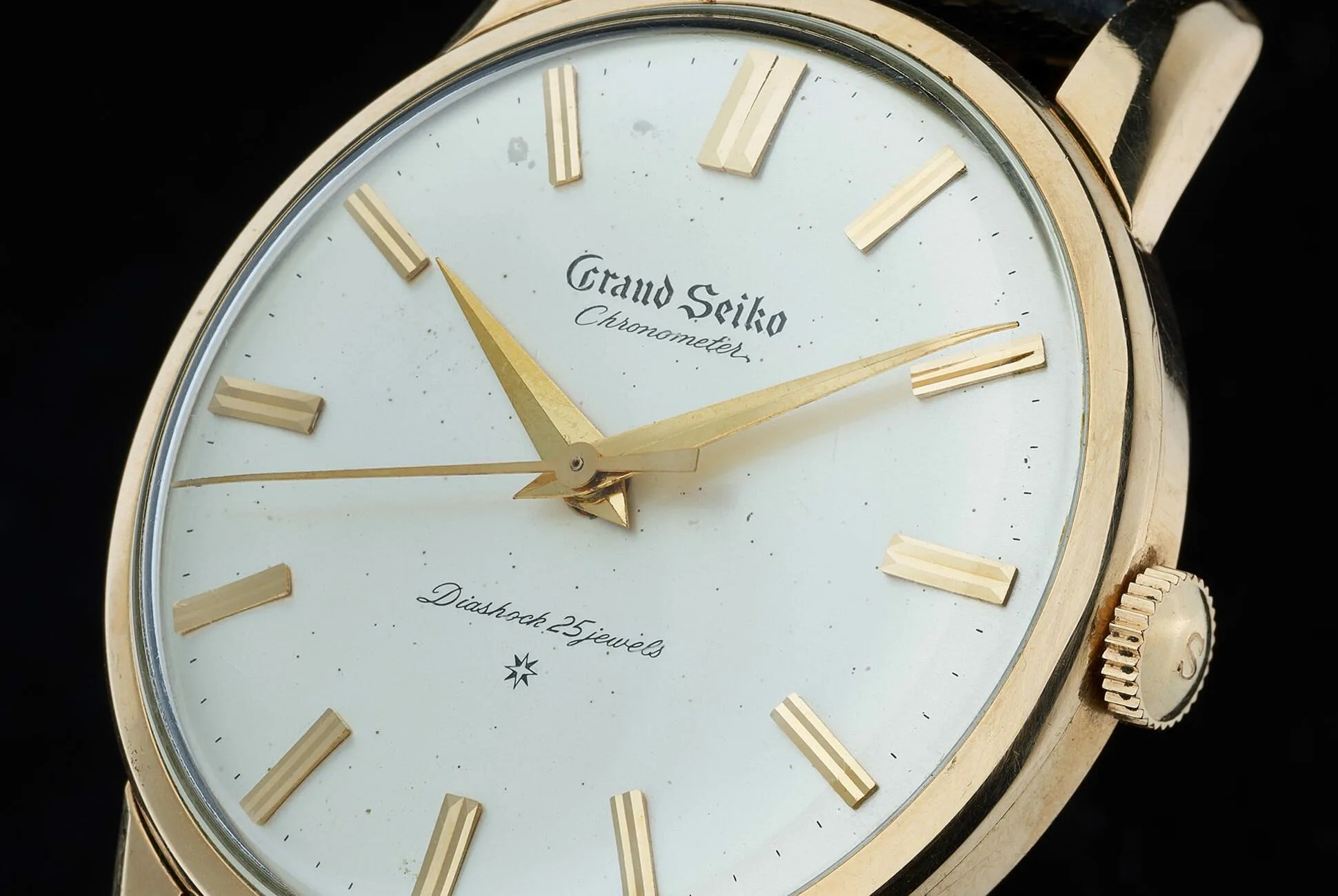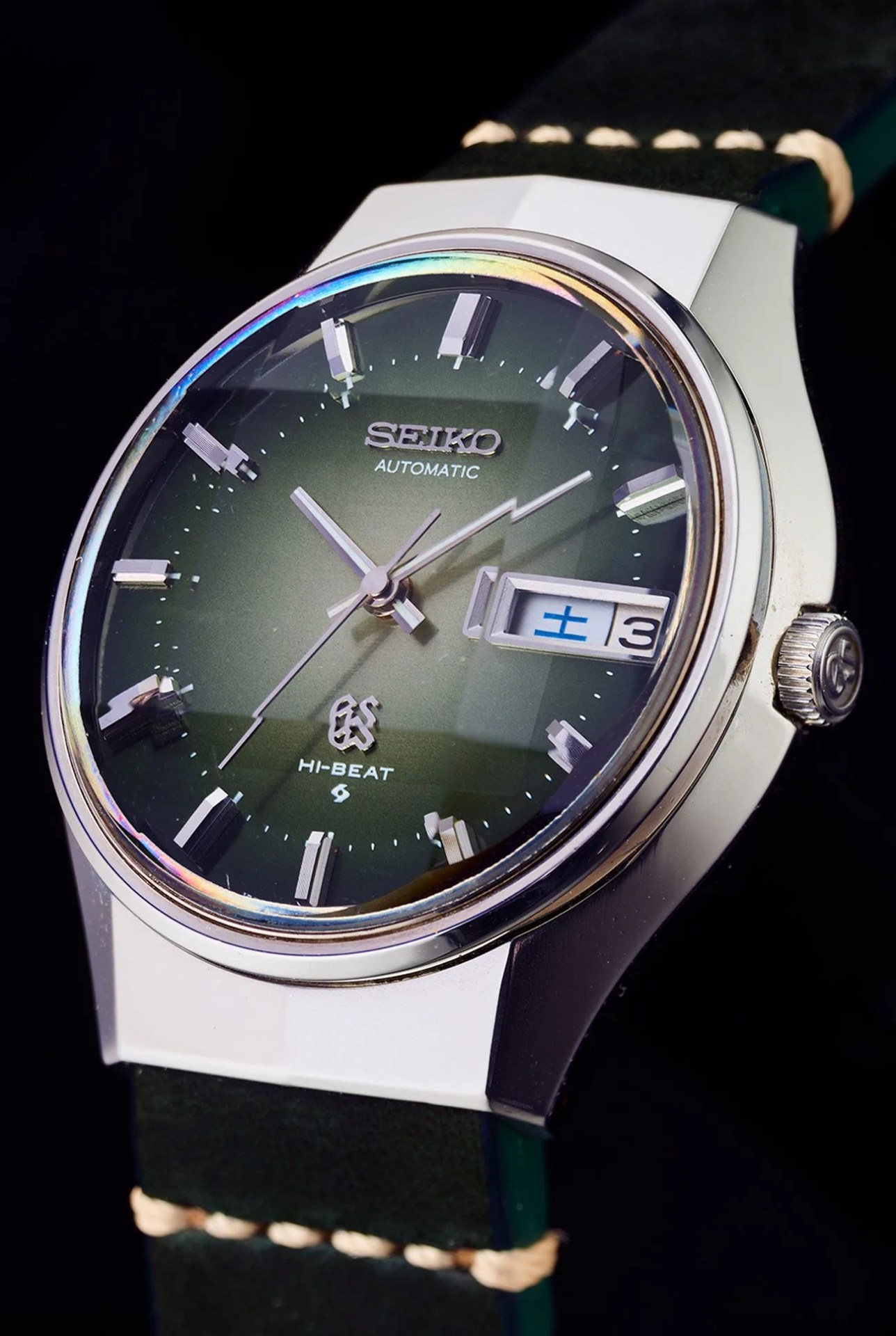Years ago, Gerald Donovan sold all his watches. His collection, comprised of high-end timepieces from vaunted names in horology — Rolex, Panerai, FP Journe and MB&F to name a few — were eventually all done away with. But Donovan wasn’t giving up watches for good. He replaced his collection with vintage watches from one brand, and one brand only: Grand Seiko.
“The original intent was to have twenty-two watches in the collection — one representative of each of the movements that were used in the vintage era,” Donovan tells me. “It didn’t take too long before things got out of hand.”
Donovan’s interest in watches goes back a couple of decades — his first “decent” watch, he says, was a Patek Philippe he bought in 1998. A few years later he started photographing his watches, and when he took photos of his quartz and Spring Drive Grand Seikos, he noticed how detailed they were. “I was just blown away by the quality of the finishing,” he says. “This got me looking deeper into the brand, and it was when I was looking for a mechanical Grand Seiko to add to my collection, I realized that rather than get a single modern watch for $6,000 or so, I could pick up a handful of the vintage pieces for the same amount.”
Today, Donovan runs The Grand Seiko Guy, a website whose purpose is twofold: selling many of the numerous Grand Seiko’s Donovan’s acquired and, more importantly, sharing the wealth of information he’s dug up on the brand. “Every single reference that ever existed is detailed on the site, including model and catalog numbers, movement references, originating factory, case dimensions and even which catalogs the reference appears in,” says Donovan. “If a watch is not detailed on my site, it almost certainly does not legitimately exist.”

This has not been easy. Though in recent years, Grand Seiko has been more heavily marketed in the western world, Grand Seikos have, historically, been contained to their native Japan. “There is very little information on the vintage pieces — certainly very little in English — when compared to western brands,” says Donovan. “When I started collecting I was going at it pretty much blind and had to work things out for myself. Because of the relative lack of focus on the brand, not even well-established Internet forums that specifically targeted Japanese watches were much help. People to this day are a lot more focused on the early Seiko sports watches.”
Donovan, however, has been able to find a treasure trove of information from catalogs of the brand’s watches, though he gets some incredible info from in-house magazines that the Grand Seiko published. According to Donovan, there are two types: magazines sent to dealers to keep them updated on products and merchandising guidelines, and an internal publication with info on the company relevant to the staffers including both Grand Seikos’ achievements as well as more personal events, such as birthdays, marriages, et cetera.


